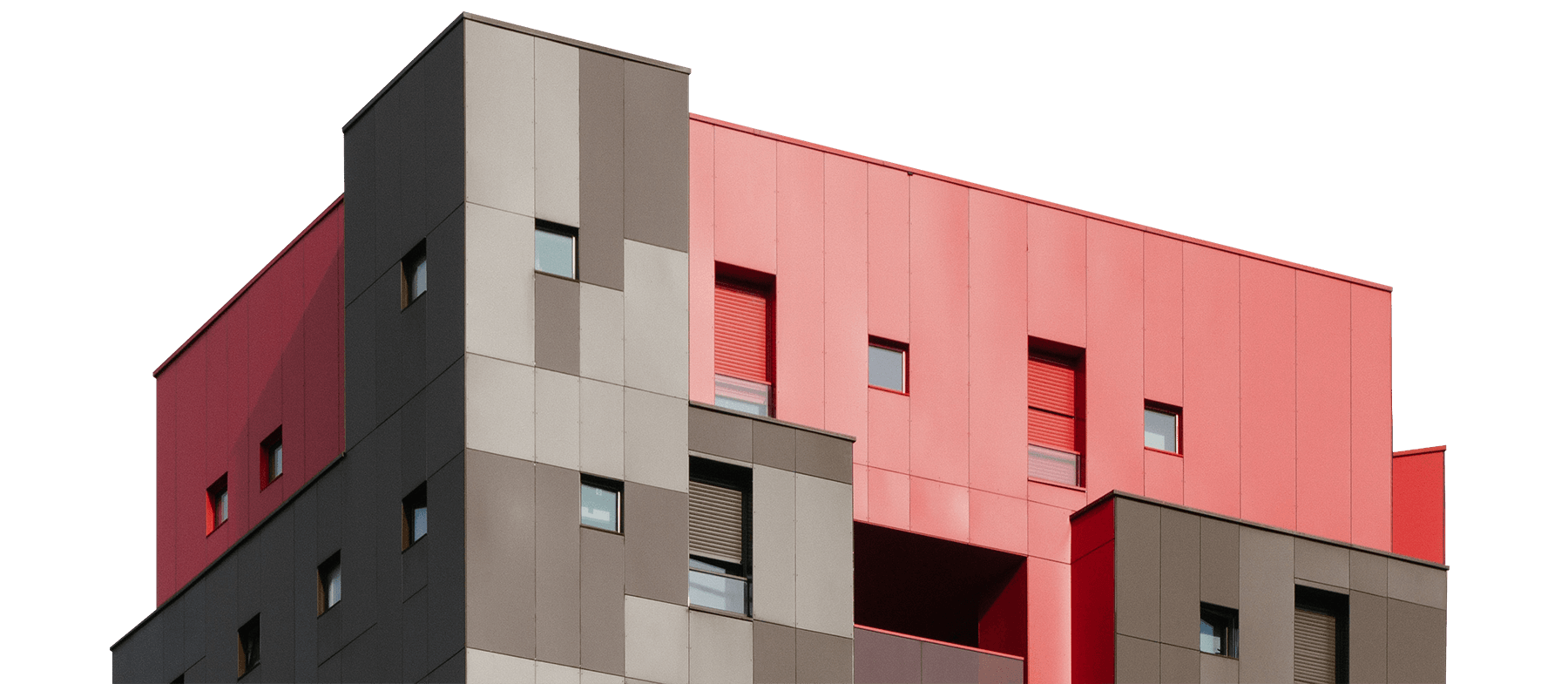Color is one of the most powerful tools in interior design, capable of transforming spaces and shaping our perception and experience within them. From influencing our mood and emotions to altering our spatial perception, the choice of color can have a profound impact on how we perceive and interact with interior environments. In this article, we delve into the fascinating ways in which color influences our perception of interior spaces, with insights from Dimora, an innovative interior design company known for its expertise in creating stunning and functional spaces.
Mood Enhancement
Color has the remarkable ability to evoke a wide range of emotions and moods. Warm colors, such as reds, oranges, and yellows, are known for their ability to create a cozy and inviting atmosphere. These hues can stimulate energy and excitement, making them ideal for social spaces like living rooms and dining areas. In contrast, cool colors, like blues, greens, and purples, have a calming effect and can promote relaxation and tranquility. These colors are well-suited for bedrooms, bathrooms, and other areas where serenity is desired.
Spatial Perception
Color can also influence our perception of space, altering how we perceive size, scale, and depth within a room. Lighter colors, such as whites, creams, and pastels, have a tendency to make spaces feel larger and more expansive. By reflecting more light, these hues create an open and airy atmosphere, making them ideal for small or cramped rooms. Conversely, darker colors, like deep blues, rich browns, and charcoal grays, can add warmth and intimacy to a space, but they also have the effect of making rooms feel smaller and more intimate.
Visual Interest and Depth
The strategic use of color can add visual interest and depth to interior spaces. Bold and vibrant hues can create focal points and draw the eye to specific areas within a room. Accent walls painted in a contrasting color, for example, can add drama and excitement to an otherwise neutral space. Additionally, subtle variations in shade, tone, and texture can create visual depth and complexity, enhancing the overall aesthetic appeal of a room.
Temperature Regulation
Color can also influence our perception of temperature within a space. Warm colors, such as reds, oranges, and yellows, have a psychological effect of making rooms feel warmer and more inviting. These colors are often used in colder climates or during the winter months to create a sense of coziness and comfort. In contrast, cool colors, like blues, greens, and purples, can have a cooling effect and make spaces feel more refreshing and invigorating. These colors are popular choices for warmer climates or during the summer months to help create a sense of coolness and freshness.
Cultural and Psychological Associations
Colors carry cultural and psychological associations that can impact our perception of a space. For example, white is often associated with purity, cleanliness, and simplicity, making it a popular choice for modern and minimalist interiors. In contrast, black is associated with sophistication, elegance, and luxury, making it a favorite for high-end design schemes. By understanding the cultural and psychological connotations of different colors, designers can create spaces that resonate with their intended audience and evoke the desired emotional response.
+ Innovation + Design
+ Innovation + Design
+ Innovation + Design
Innovation + Design
Innovation + Design
Innovation + Design
Conclusion
In conclusion, color is a powerful tool in interior design, capable of influencing our mood, emotions, spatial perception, and overall experience within a space. With their expertise in creating stunning and functional interiors, Dimora integrates the principles of color psychology into their designs, ensuring that each space is not only visually appealing but also conducive to the well-being of its occupants. Whether creating a cozy retreat or a vibrant social hub, Dimora’s strategic use of color can truly transform interior spaces and enhance the quality of life for those who inhabit them.


